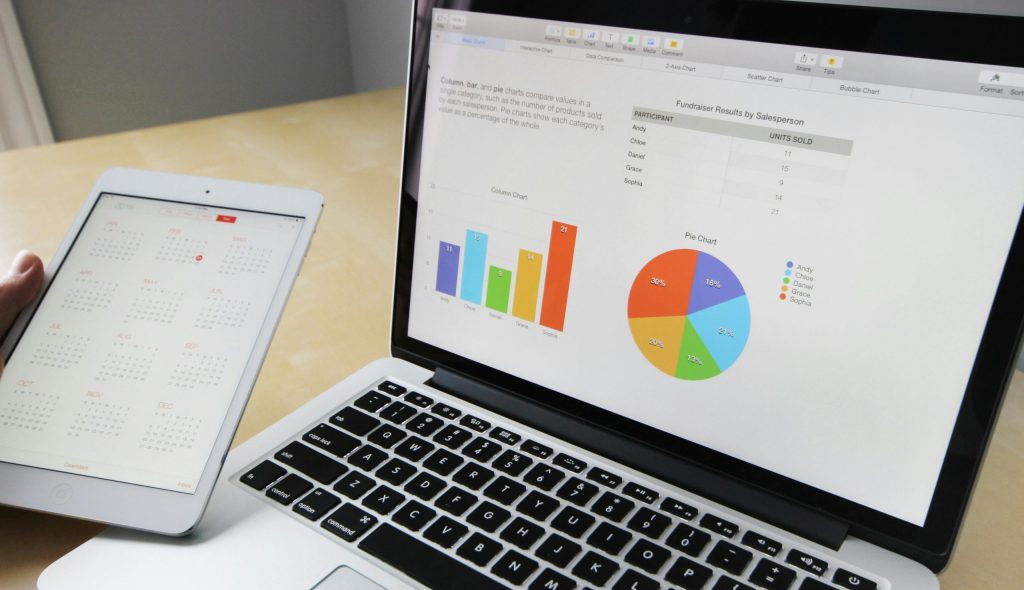In Part 1, we told you about some of the ways government agencies are using data to make a difference. Here we share more ideas to inspire.
Workforce Management
Government struggles with recruitment and retention: Technical talent generally is hard to find, and industry employers lure qualified candidates with salaries and perks that agencies cannot afford. But data — collected regularly — helps agencies compete by enabling them to monitor trends and plan.
Consider: On average, it takes more than 98 days to fill a public-sector job, which is more than double the private sector average.
— Partnership for Public Service
Using Data
Organizations are going beyond interviews and anecdotes, relying instead on quantitative data, such as that from anonymous monthly or quarterly surveys. The data feeds into an array of human resources (HR) functions, including hiring, onboarding, retention, career development, employee safety and time management. To foster a healthy and productive workforce, effective data analysis:
- Integrates disparate HR systems and eliminates data silos.
- Provides a holistic view of the agency workforce.
- Continuously tracks employee engagement activity.
- Identifies at-risk employees, skills gaps and training options.
- Helps align staff and constituent demographics.
- Helps managers track performance of hybrid/remote workers.
Performance Measurement
Good intentions can go awry and strategies get stale — so agencies must consistently measure, monitor and report on the progress of their initiatives and objectives. With concrete data, organizations can answer the question, “Are outcomes meeting expectations?” Then they can course-correct if needed.
Consider: “I think about performance specialized. management being a tool to drive equity goals. It’s not about how many trees we planted or how many sidewalks we fixed — but where we’re making those investments.”
— Rochelle Haynes, Managing Director of What Works Cities
Using Data
Agencies collect data at monthly or quarterly intervals, compiling several years’ worth of information (a long-term perspective is important), and establish benchmarks that offer context. Information is segregated into categories and subunits as appropriate (e.g., by field office) and presented in a data dashboard that tells a visual story. A well-designed performance measurement system, also called performance management:
- Draws a direct connection between collected data and the outcomes you want today.
- Breaks down silos and promotes internal collaboration.
- Is separate from the budget process, as much as possible.
- Values transparency and is thoughtful/ strategic about public engagement.
- Distinguishes between key demographics and other such metrics.
- Focuses on outcomes, not outputs.
Planning and Prediction
Geospatial data, or geodata, is one of the government’s most exciting data opportunities. It helps agencies make evidence-based decisions — often using real-time information — regarding public safety, infrastructure, socioeconomics, disaster management, conservation, health care, national security and other concerns.
Consider: Approximately 80% of all government data contains some reference to location.
— the International Research Centre’s State of Open Data project
Using Data
There are different types of geodata, but the term generally refers to the location of specific things on the Earth’s surface, often derived from the global positioning system (GPS). Geodata feeds into geographic information systems (GIS) that analyze and display the data via online dashboards, for example. Agencies can track objects and events over time — such as the types and frequency of crime in specific neighborhoods — to identify trends. And the data can show live activity, such as vehicle movements. Agencies using geodata should keep the following in mind:
- Greater interagency collaboration reduces costly, duplicative data collection.
- Public/private partnerships have great data gathering and sharing potential.
- Cloud and AI technology offer powerful geodata storage and processing capabilities.
- Intellectual property agreements often restrict use of government geospatial data.
- Privacy, transparency, legal and security concerns exist.
- GIS skills are in demand and somewhat specialized.
This article appears in our guide, “A Fresh Look at Data.” For more ideas about how to use data in important and innovative ways, download it here:
